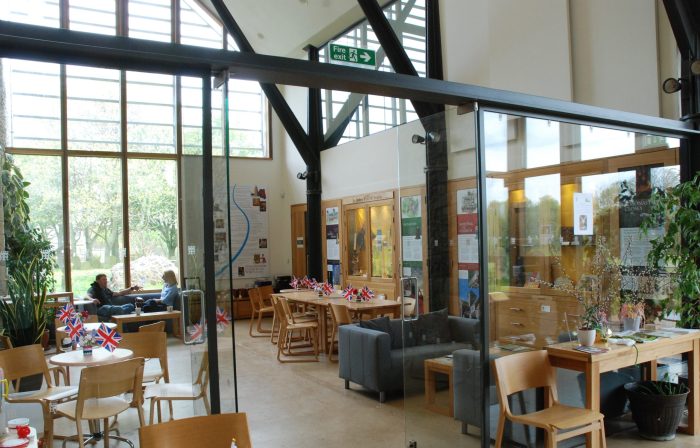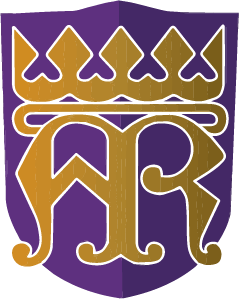Our History
Timeline of Wymondham Abbey
highlighting its resilience, adaptability, and enduring significance.
Saxon Wymondham
Wymondham is an ancient settlement located where the route between Norwich and Thetford crosses the River Tiffey. By about 950 AD, a stone-built Saxon church stands on the site of the present building. This may be a ‘minster’ serving the small town and surrounding villages. This strange stone face may come from that first church.
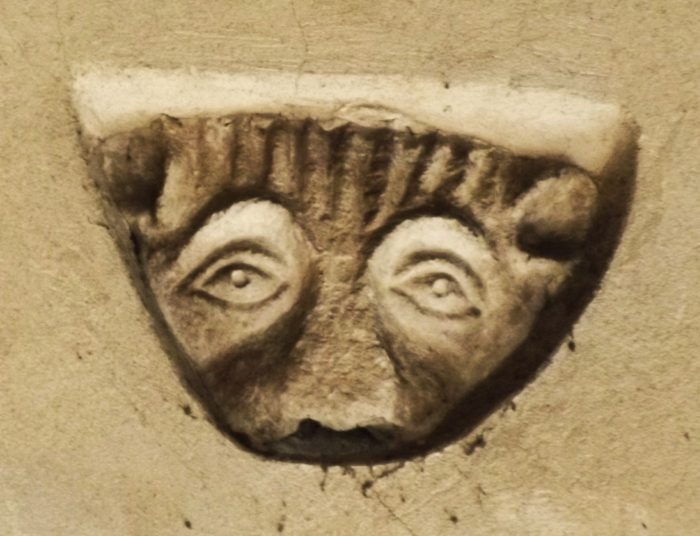
Our Beginning
William d’Aubigny, the new Norman landowner, founds a monastery at Wymondham. This is a Benedictine Priory, a ‘daughter house’ of St Alban’s Abbey. The church is built of stone from Caen in Normandy and takes about fifty years to complete. It is shared by the monks and townspeople.
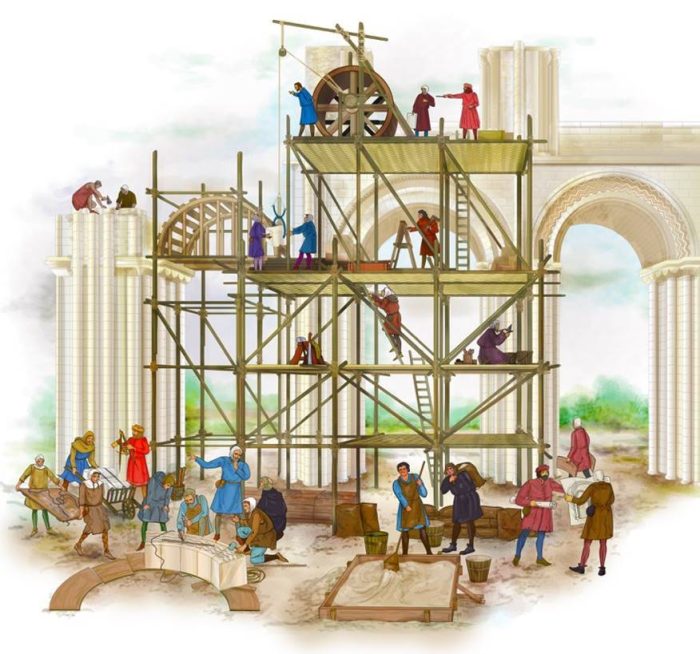
A Church Divided
Frequent disputes arise between monks and townspeople over the use of the church. The Pope rules that the monks shall have eastern half of the church, south aisle and south-west tower. The rest will belong to the people as their parish church, led by a Vicar who is not a monk.
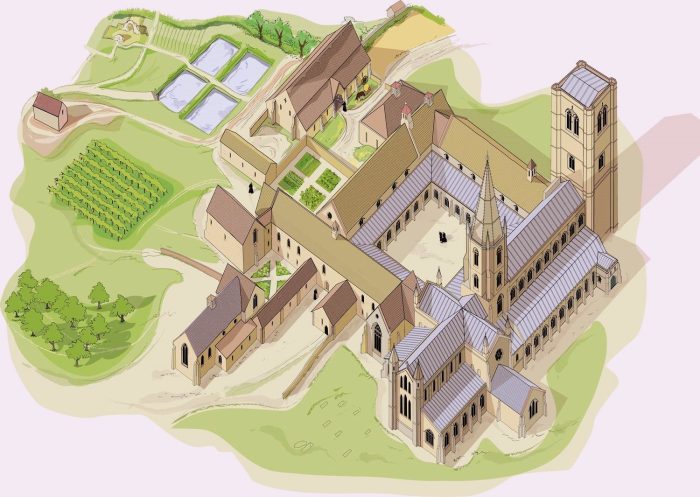
Twin Towers
The original central tower becomes unstable and the monks build a tall new tower for their bells. Further disputes arise and the parishioners build an even taller tower at the west end to house their bells. In 1448, the Priory becomes an Abbey, independent of St Alban’s.
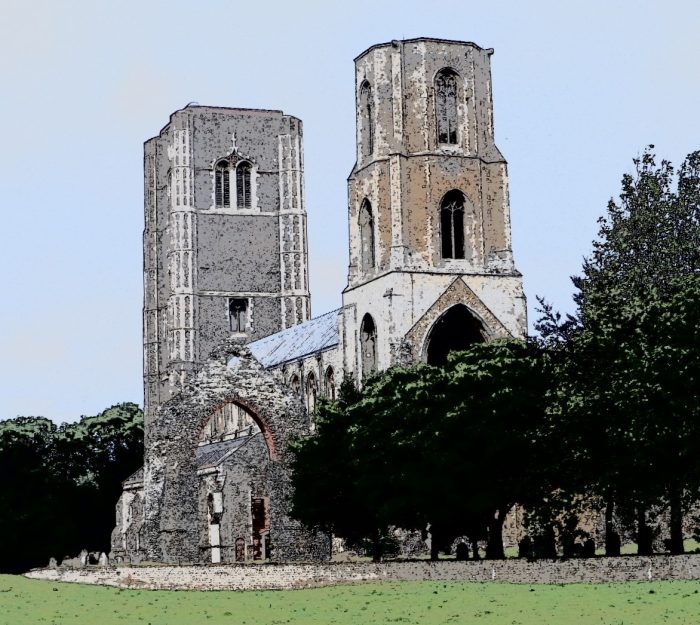
A Church Enhanced
Ambitious improvements to the church reflect prosperous times in East Anglia. The enlarged north aisle now houses a Lady Chapel and several smaller chapels. The nave is raised in height with a magnificent angel roof. New clerestory (‘clear storey’) windows flood the building with light.
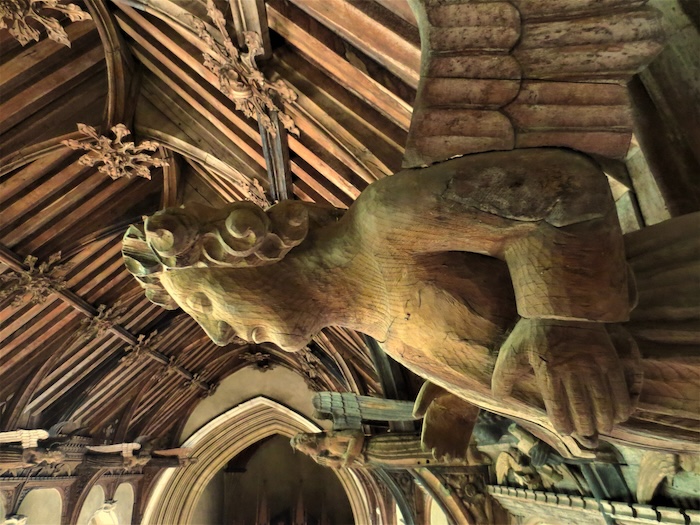
Dissolution of the Monasteries
King Henry VIII, now declared head of the church in England, decides to close every monastery in the land. The Wymondham monks surrender their lands and buildings to the king’s agents. The monks’ church is gradually demolished and only the parish church (the present building) survives.
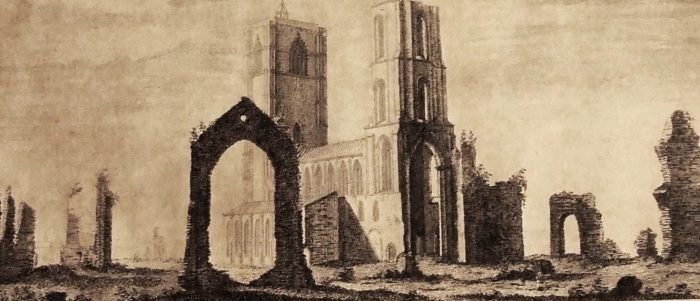
Kett's Rebellion
Enclosures of common land by the rich cause widespread hardship and unrest in the countryside. Wymondham yeomen Robert and William Kett are persuaded to lead a revolt. Some 16,000 armed men march on Norwich but are defeated in battle. William Kett is hanged from the Abbey tower, his brother at Norwich Castle.

Reformation
Under King Edward VI and Queen Elizabeth I, Protestant ideas transform church life and worship. Services are simplified and conducted in English, not Latin. Stone altars, statues, stained glass windows, painted screens and vestments are removed and paintings whitewashed or scrubbed off the walls.
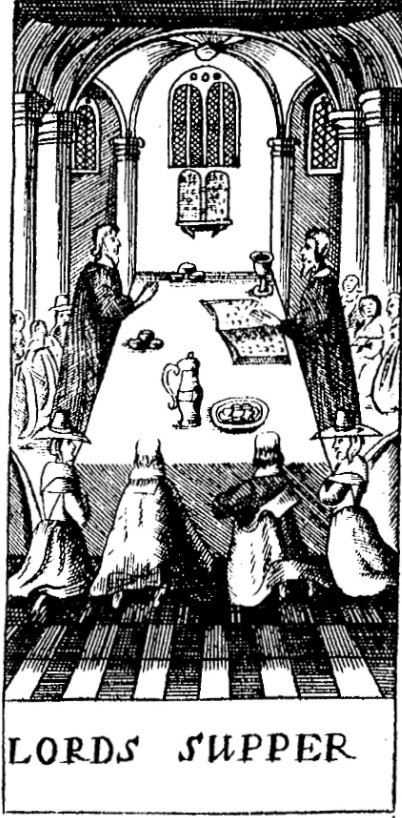
Georgian Style
To accommodate a growing population, more pews are added until the church can seat over 1000 people. A large gallery is built at the back in 1717 and in 1793 a new organ is installed there. This organ is still in use though it has been rebuilt and enlarged over time.

The Prodigal Parson
The Revd William Papillon is a long-serving and most generous Vicar. He enlarges the churchyard, plants trees and builds a schoolroom for poor children. He buys the beautiful Abbey Meadow, separated from the graveyard by a ‘ha-ha’. The charitable trust he establishes still supports the work of the church to this day.
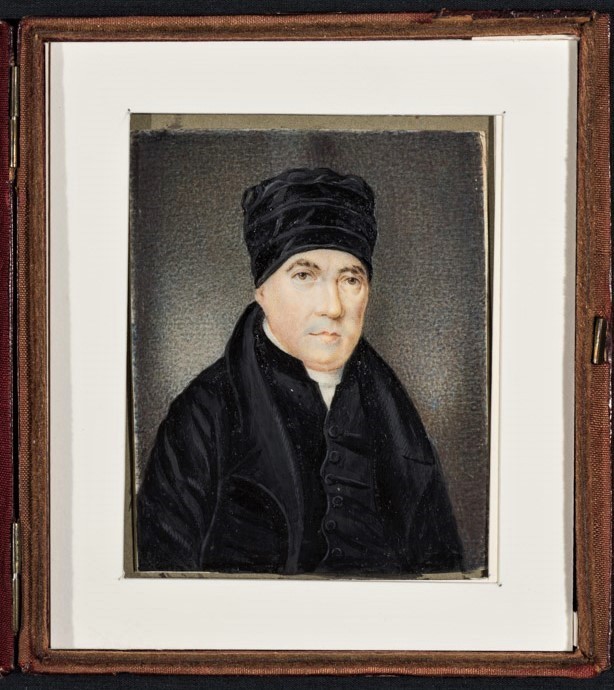
Restoration
The church is in a very poor state of repair. The tower has a huge split in its stonework. The roof timbers, widow glass and many fittings all need attention. A public appeal raises funds for a major restoration project including removal of the west gallery, new furnishings and a stone gallery for the organ.
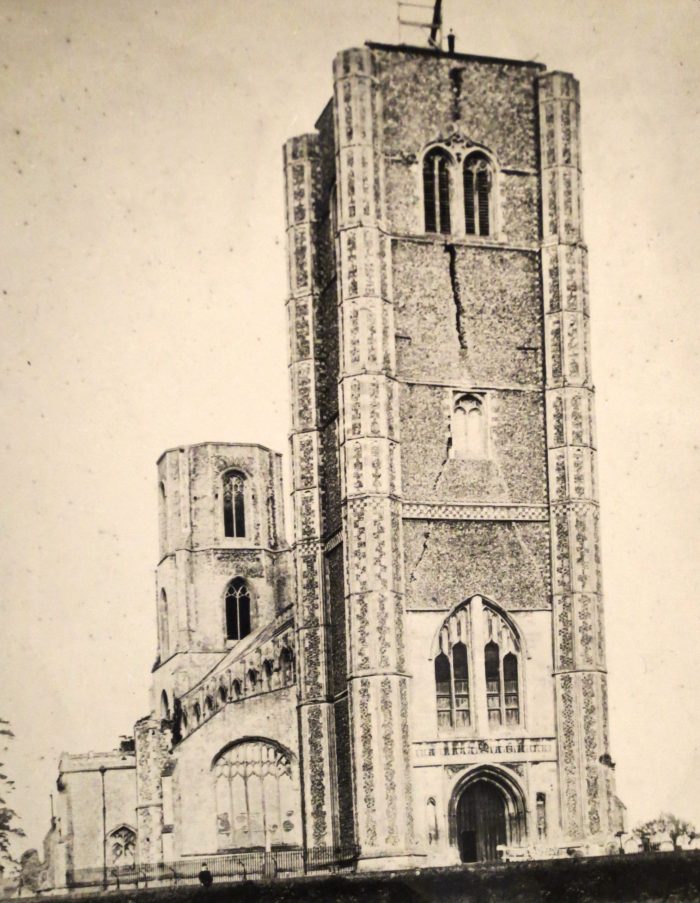
The Altar Screen
The great gilded screen (reredos, with tester and Crucifixion figures) is a memorial to Wymondham people killed during the Great War. Its famous designer, Sir Ninian Comper, bases it on medieval screens. It features saints with connections to the Abbey, including patrons Our Lady and St Thomas Becket. The screen is constructed in stages and is finished in 1934.

We celebrate the past but look to the future
The Abbey celebrates its 900th anniversary with special events and visits from HRH the Duke of Gloucester and the Archbishop of Canterbury. In the following years the Heritage Lottery and other donors fund a development project, building new spaces and up-to-date facilities for worship, visits and community events. The churchyard is enhanced with a herb garden and wildlife conservation area.
